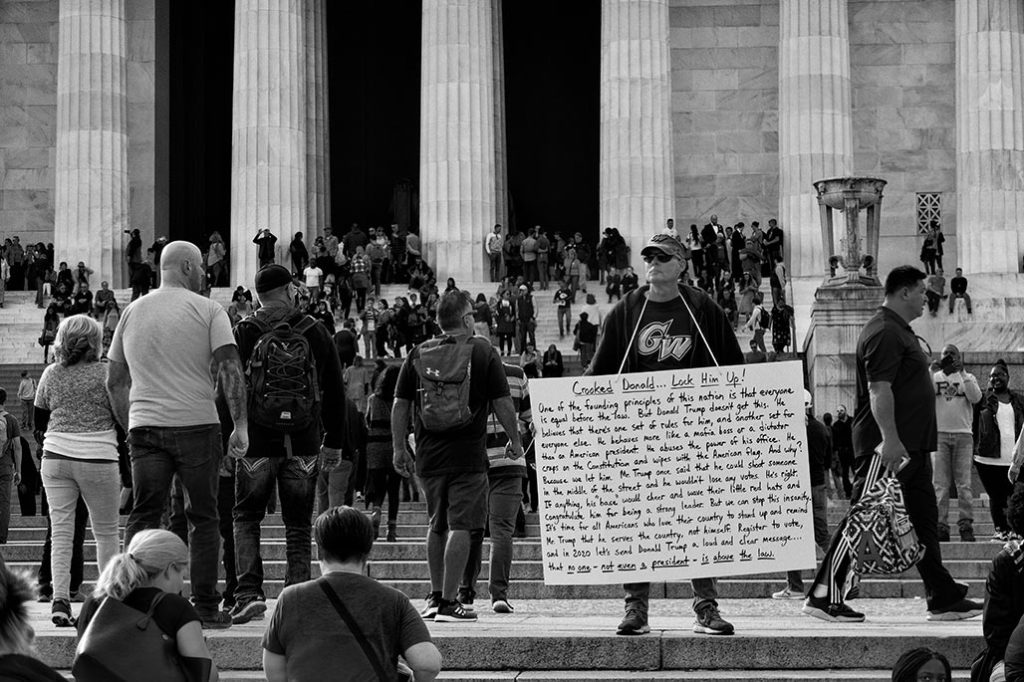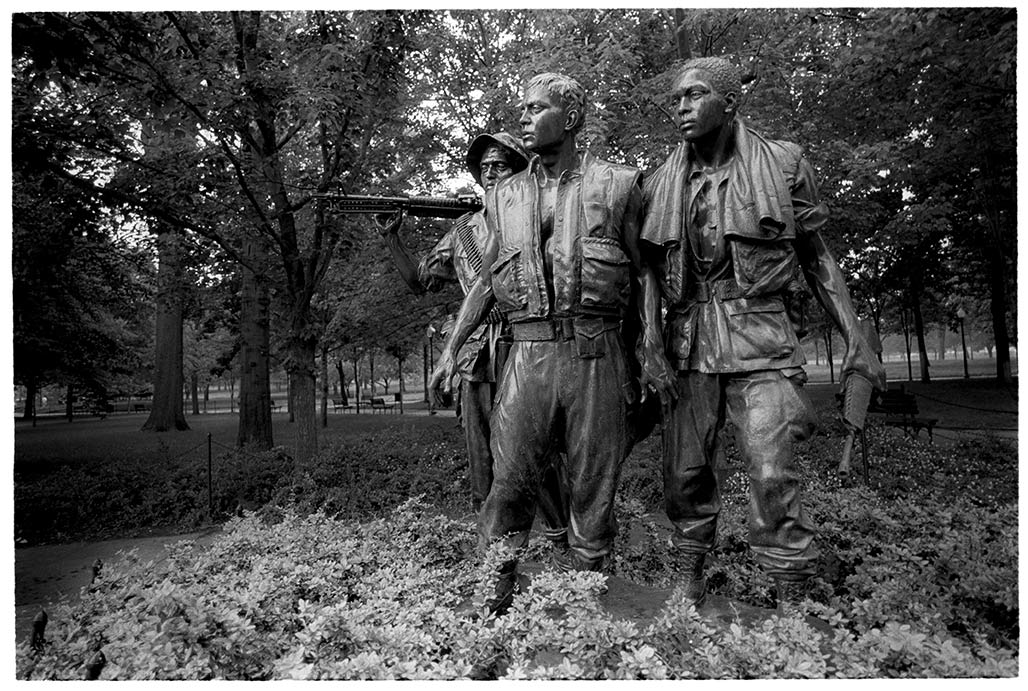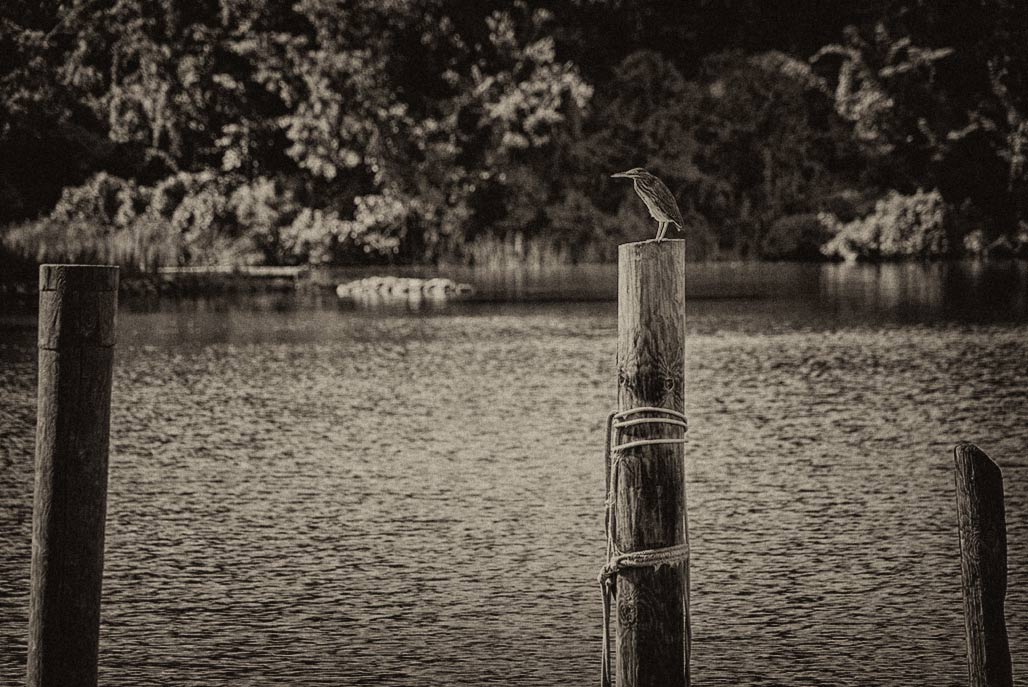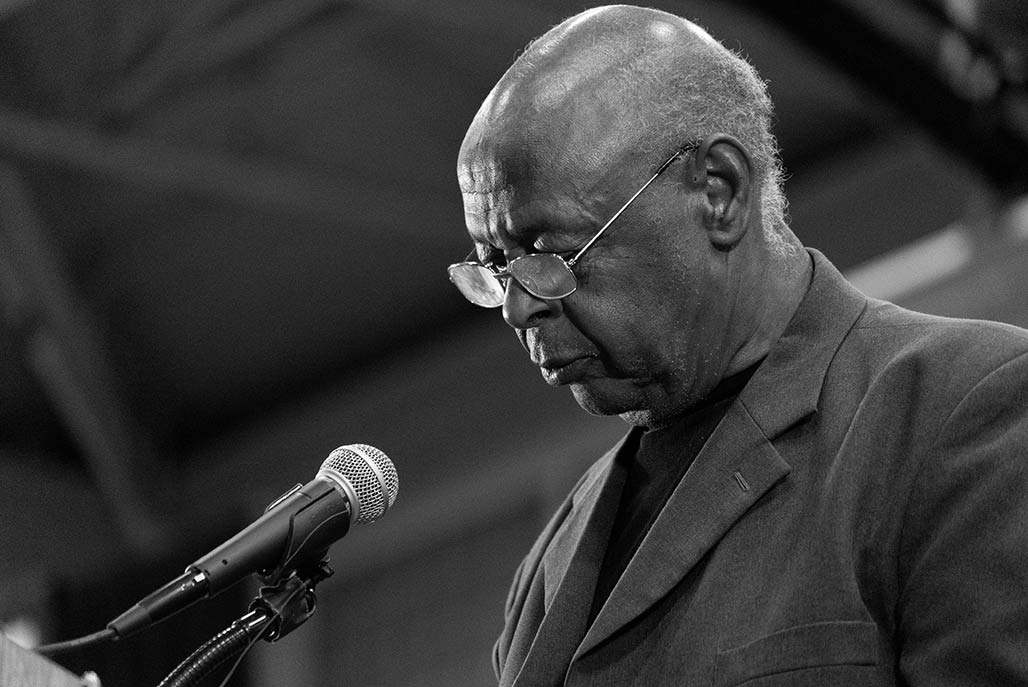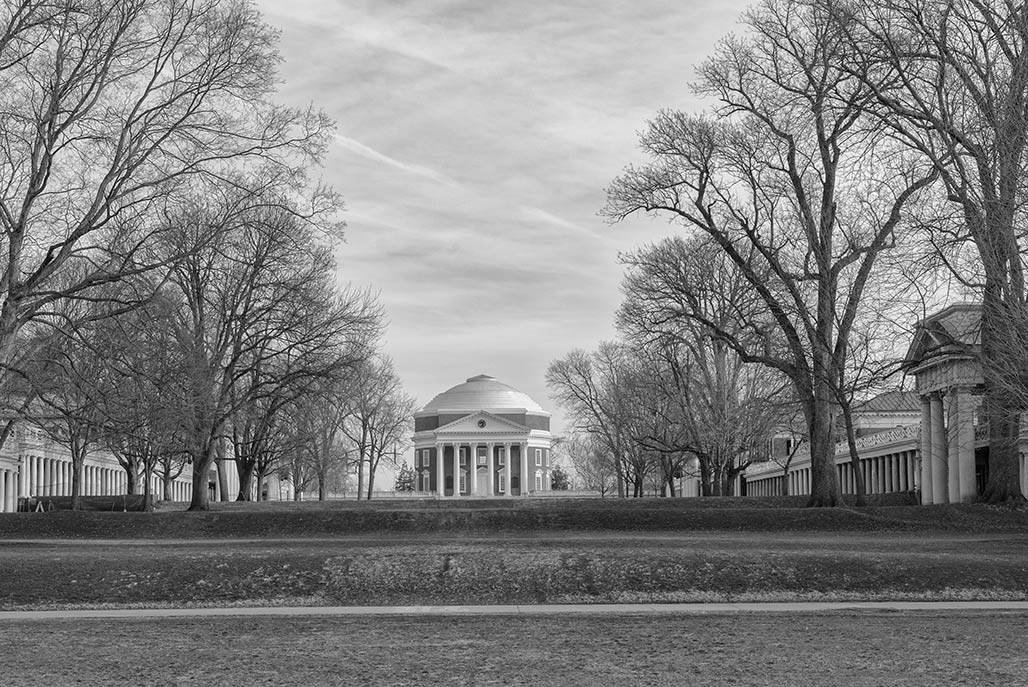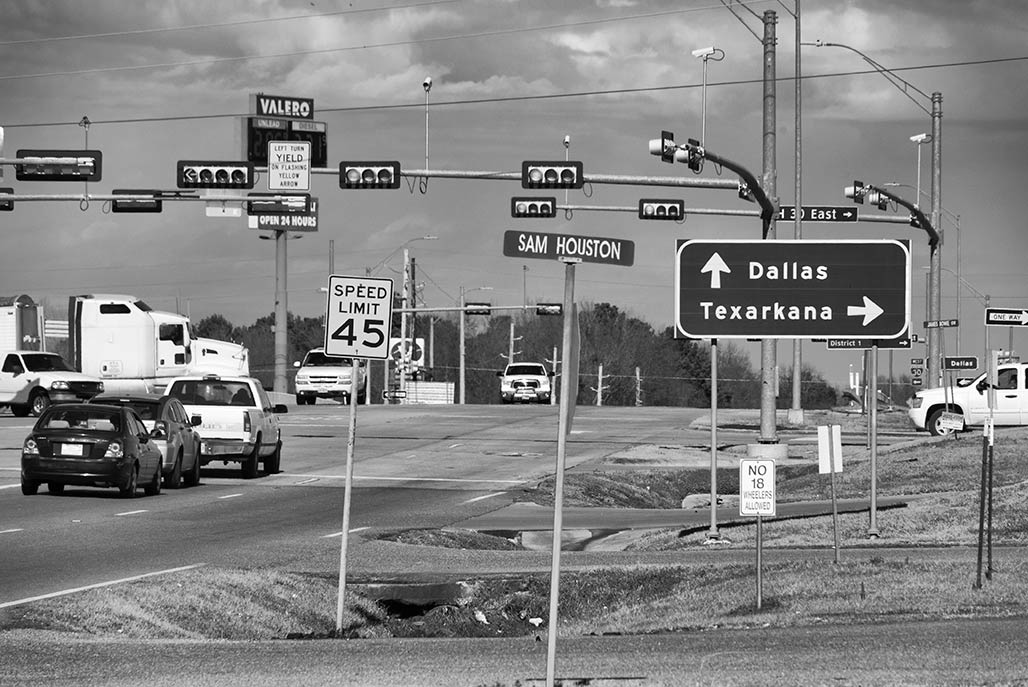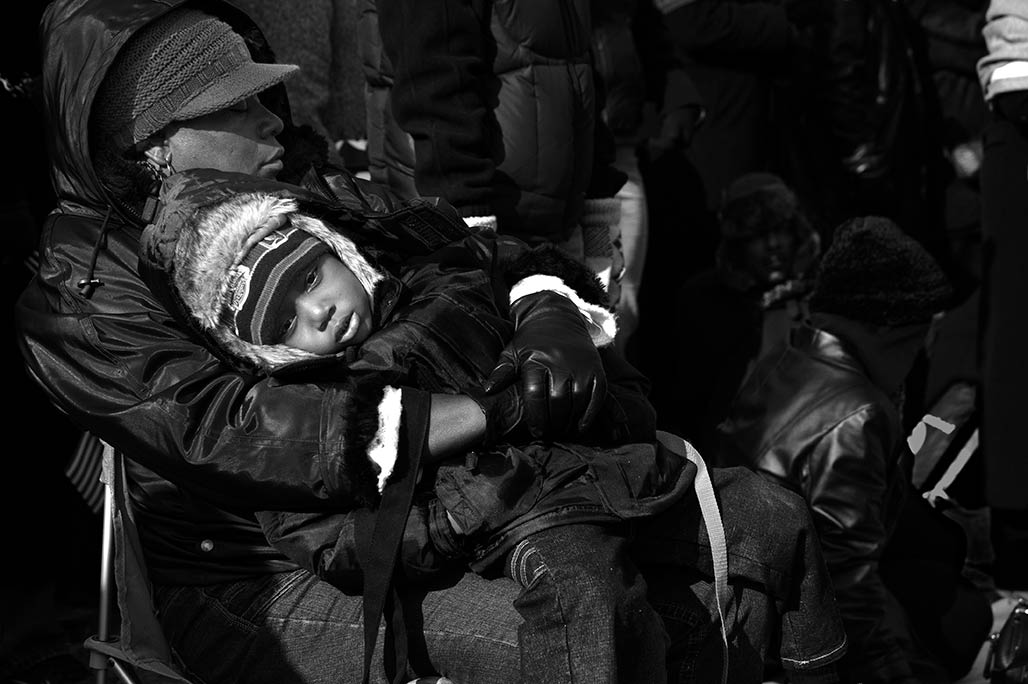
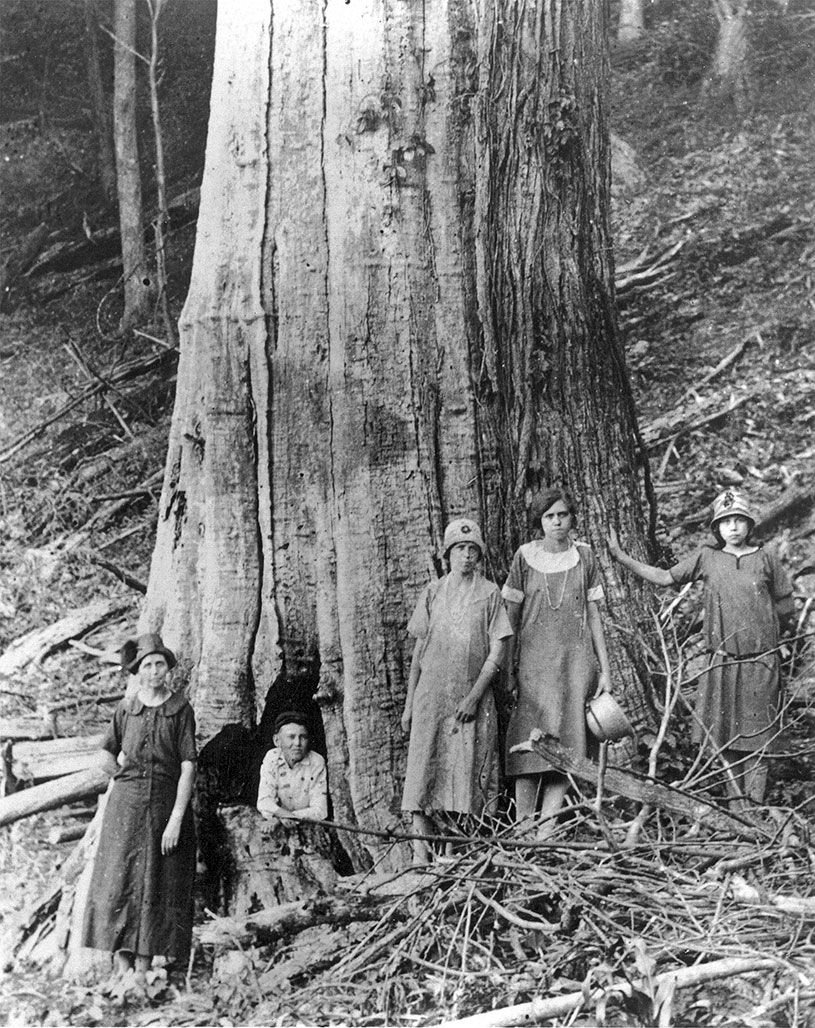
Greatest forest loss in history
The American chestnut is an historic and beloved part of America’s landscape. Its extinction would be the loss of a symbol of American strength, endurance and resourcefulness. Saving the chestnut and restoring it to its native range at scale could also help give other endangered tree species a new lease on life and directly offset the effects of climate change and deforestation. While no single intervention can completely eradicate chestnut blight, together the science of breeding, biotechnology, and biocontrol (3BUR) offer our best hope for rescuing the American chestnut tree.—The American Chestnut Foundation
